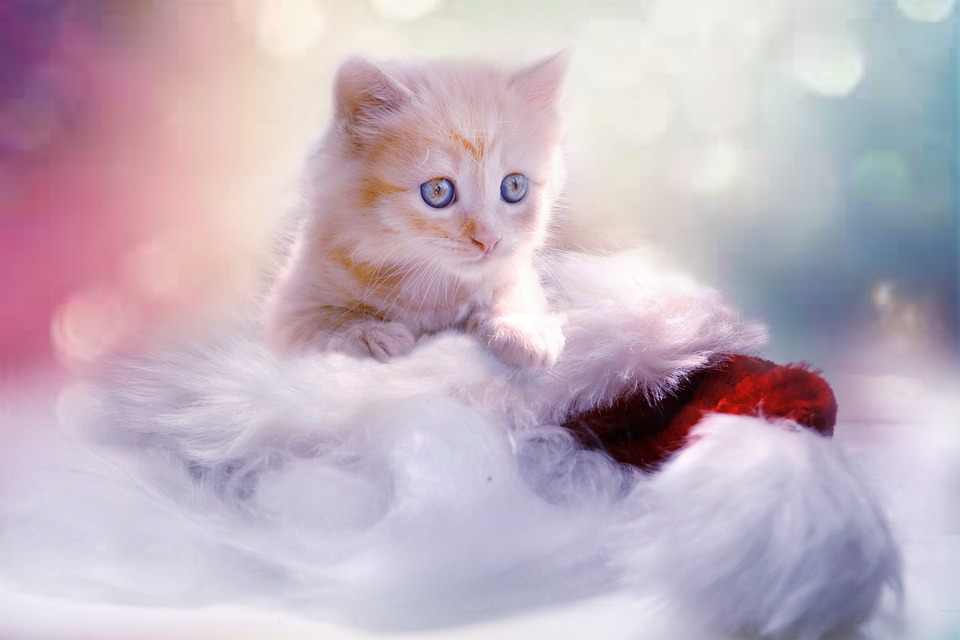**1. Introduction**
Training cats to wait for mealtime can greatly improve their behavior and prevent them from begging or becoming overly demanding. In this article, we will discuss the importance of training cats to wait for their meals and provide effective strategies to achieve this goal. We will also address common challenges that cat owners may encounter during the training process.
**2. Understanding the Importance of Training Cats to Wait for Mealtime**
Cats are naturally opportunistic hunters, and their instinct is to search for food whenever they feel hungry. However, by training them to wait for mealtime, we can establish a routine that aligns with our schedules and teaches them patience and self-control. This training not only prevents excessive meowing or pawing at food bowls but also helps create a peaceful mealtime environment.
**3. Steps to Train Cats to Wait for Mealtime**
**a. Establish a Feeding Schedule**
Cats thrive on routine, so it is crucial to establish a consistent feeding schedule. Determine the number of meals your cat needs per day and divide their daily portion accordingly. Stick to the same feeding times each day, as this will help regulate their hunger and teach them to wait patiently for their designated mealtime.
**b. Use Mealtime Signals**
Create specific signals or cues to let your cat know when it’s time to eat. For example, you can use a unique sound, like a whistle or a clicker, or a verbal command such as “mealtime” or “food.” Consistently using these signals before feeding will help your cat associate them with mealtime, making it easier for them to understand when they should expect their food.
**c. Teach Basic Commands**
Training your cat to respond to basic commands like “sit” or “stay” can be beneficial in teaching them to wait for their meal. Start by using these commands during playtime or when offering treats, gradually associating them with mealtime. By reinforcing the commands before each meal, your cat will learn to wait patiently until given the signal to eat.
**4. Addressing Common Challenges in Training Cats to Wait for Mealtime**
Training cats can be a unique experience, and challenges may arise along the way. Here are a few common issues and suggestions to overcome them:
– **Meowing or Pawing:** If your cat meows or paws at their food bowl before mealtime, avoid rewarding this behavior by ignoring it. Instead, wait until they are calm and only provide food when they are not exhibiting demanding behavior.
– **Impatience:** Some cats may struggle with impatience during the training process. Increase the duration between mealtime signals gradually, rewarding their patience with praise or small treats. Over time, they will learn to wait longer periods without becoming restless.
– **Multiple Cats:** If you have multiple cats, it’s essential to ensure each cat has their own designated feeding area and that they are fed simultaneously. This prevents competition and decreases the likelihood of one cat trying to steal food from another.
**5. Frequently Asked Questions (FAQs)**
Here are some common questions cat owners often have about training cats to wait for mealtime:
– Q1: How long does it usually take to train a cat to wait for mealtime?
– Q2: Can I free-feed my cat instead of establishing a schedule?
– Q3: What if my cat refuses to wait and becomes aggressive during mealtime?
– Q4: Should I punish my cat if they don’t wait for their meal?
Remember, patience and consistency are key when training cats. With time and practice, your cat will learn to wait calmly for their meals, creating a harmonious feeding routine for both you and your feline companion.








